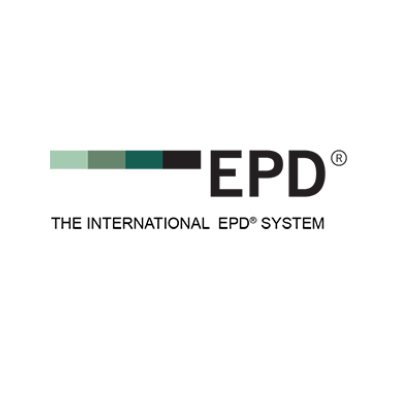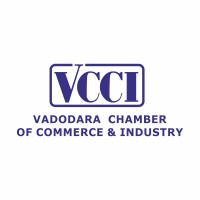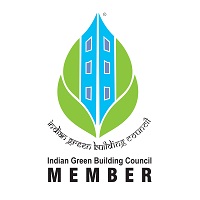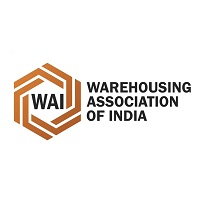Sustainable Buildings
Sustainable building practices have become increasingly important as we seek to reduce our impact on the environment. One key aspect of sustainable building is the use of environmentally friendly building materials. These materials are designed to minimize environmental damage throughout their lifecycle, from production to disposal. In this article, we will explore some of the latest developments in sustainable building materials. Engineered wood products are a promising subcategory of sustainable building materials. To develop building materials with exceptional strength and longevity, these products combine wood fibers with other ingredients, like adhesives. Engineered wood products, which are frequently less expensive than traditional wood products, can be utilized for a number of purposes, from flooring to structural beams. Recycled steel is an additional green building material that is becoming more and more popular. Although steel is one of the most often used building materials, conventional steel production techniques have a substantial negative impact on the environment. On the other hand, recycled steel makes use of scrap metal as its main raw material, eliminating the need for energy-consuming mining and refining procedures. Recycled steel is an excellent option for long-lasting constructions and structures because it is also quite durable. There have been recent breakthroughs in sustainable concrete in addition to recycled steel. New technologies are making it feasible to create concrete with a significantly smaller carbon footprint, which is advantageous because conventional concrete production contributes significantly to greenhouse gas emissions. One such technology substitutes waste products like fly ash and slag for some of the cement used in the making of concrete. These trash products help divert waste from landfills while simultaneously lowering carbon emissions. Natural and renewable materials fall under the area of sustainable building materials. For instance, bamboo, a highly renewable material that can be used for everything from furniture to flooring in construction, is an example of this. In addition to having a distinctive look that can lend charm to any building, bamboo is also quite resilient. Another natural material that is gaining popularity is rammed earth. Rammed earth is a building technique that involves packing earth into formwork and compressing it to create a solid wall. This technique has been used for thousands of years and has a low environmental impact, as it uses locally sourced materials and requires little energy for production. The use of bioplastics as a sustainable building material is also gaining popularity. Bioplastics are synthetic materials created using renewable biomass resources, including corn, pea, and vegetable fats and oils. These materials can be used in a range of building applications, from roofing to insulation, and have a significantly smaller carbon footprint than conventional plastics. Building materials are becoming more sustainable not just because of the materials themselves but also because of new innovations in their production and disposal. For instance, 3D printing enables the production of architectural components with less waste and energy use. Building materials may now be recycled when they reach the end of their useful lives thanks to the development of closed-loop recycling systems, which lowers the amount of garbage that ends up in landfills. In summary, using sustainable construction materials is a crucial component of using sustainable building techniques. For those looking to lessen their impact on the environment, there are several solutions available, from recycled steel to natural materials like bamboo and rammed earth. We may anticipate seeing even more environmentally friendly building solutions in the future as new technologies and materials continue to be developed. With these materials, we can construct structures that not only lessen our environmental effects but also encourage everyone to live in healthier and more sustainable environments.
Benefits Of Choosing Panache’s Green Rated Products:
Our Partnership Programs

Cross complemented product and services providers can be enrolled under this partnership program (Roofing contractor, HVAC contractors, HVLS Fans supplier)
Know More

Any individual from consultation fraternity to execution contractors can participate in such a program.
Know More

DSA (Direct selling Agent) partnership program provides opportunities to become entrepreneur in COOL ROOFING industries to each and every individual who wants to make their career as freelancers.
Know More
Green Talk Initiatives

Client Success Stories
FAQ’s
A Cool Roof coatings consists of a binder (usually an organic compound or silicone compound) blended with pigments and other additives to provide two main benefits: protection of roof membranes for longer roof life cycles; and reflectivity of solar radiation, for lower air conditioning costs.
The main components of most Cool Roof coatings are the binder, pigment, water and reflective pigments. Water serves as a liquid carrier, which provides viscosity, allowing the pigment and binder to be spread on the roof as a thin coating. The majority of white coatings in use today are water-based coatings
An energy efficient , white, reflective, elastomeric coating manufactured by Panache can reflect up to 92% of visible light, keeping the roof surface much cooler than with aluminum, black, or non-reflective roofing materials. Lower temperatures mean less energy usage, and translate to money saved. Elastomeric roof coatings protect the roof substrate adding years to your roof, plus saves against costly tear-offs and re-roofing.

 Get Free Audits
Get Free Audits Get Free Quote
Get Free Quote




















